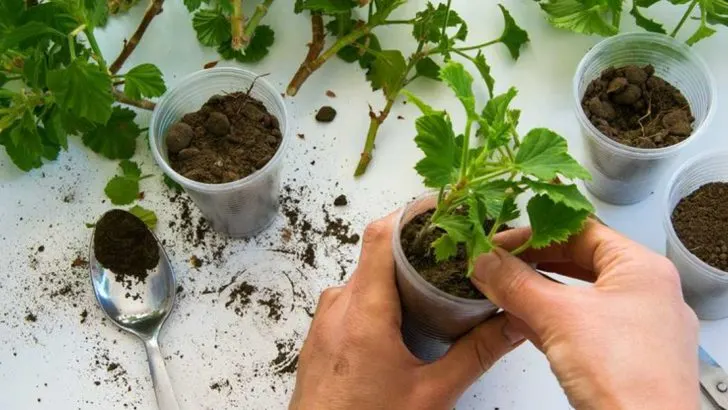Some plants root like magic. Others just sit there and rot. You snip. You plant. You wait. And sometimes… nothing. Not even a whiff of green. Cuttings can feel like garden alchemy—when it works, it’s thrilling. But not all plants are team players. Some are downright stubborn, refusing to sprout no matter how sweet you talk to them. We’ve rounded up the stars—the ones that grow with a wink and a promise—along with the high-maintenance heartbreakers that waste your time and your potting mix. Grab your clippers. Skip the guesswork. Let’s grow something that actually grows.
Rose

Roses, with their timeless elegance, are a gardener’s favorite to grow from cuttings. A single stem can transform into a flourishing bush, offering a symphony of colors and scents. Whether it’s a romantic red or a cheerful yellow, roses add charm to any garden.
Selecting a healthy stem is crucial. Ensure it has several leaves and a few nodes to root well. Consistent watering and indirect sunlight help establish strong roots.
Interestingly, roses have been cultivated for over 5,000 years, symbolizing love and beauty across cultures. Embrace this history as you grow your own.
Lavender

Lavender, known for its soothing fragrance, is a great plant to grow from cuttings. Its silvery-green foliage and fragrant blooms make it a garden staple, evoking peace and relaxation.
Cuttings should be taken from non-flowering stems to ensure the best growth. Keep the soil well-drained and provide plenty of sunlight for optimal results.
Did you know? Lavender was used in ancient Egypt for mummification and perfume. Its calming scent has stood the test of time, making lavender a must-have for any herbal garden.
Basil
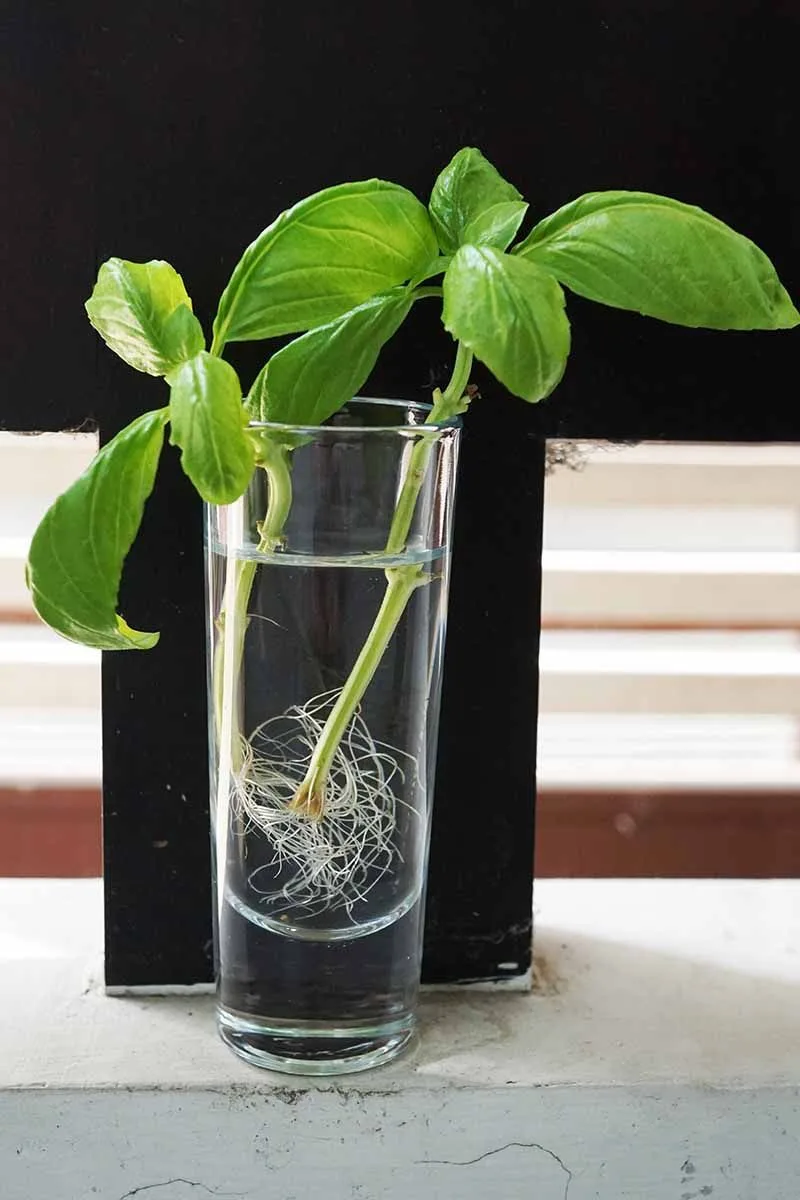
Basil’s vibrant aroma is beloved in kitchens worldwide, and it’s surprisingly easy to propagate from cuttings. Place a fresh stem in water, and soon you’ll have a thriving herb ready for your culinary creations.
Ensure the cuttings have a few leaves and change the water regularly to prevent rot. Once roots appear, transplant to soil for continued growth.
Fun fact: Basil is considered a symbol of love in Italy. Its aromatic leaves add a fresh touch to dishes, making it a versatile addition to your herb garden.
Mint

Mint, with its invigorating scent, is incredibly easy to grow from cuttings. This hardy herb can quickly take over garden spaces, so a pot might be the best option to keep it contained.
Take cuttings from healthy, non-flowering shoots. Place in water until roots form, then transfer to soil for a continuous supply of fresh mint.
Did you know? Mint gets its name from the Greek myth of Minthe, a nymph who was transformed into the fragrant plant. Use it in teas, desserts, or as a refreshing garnish.
Geranium
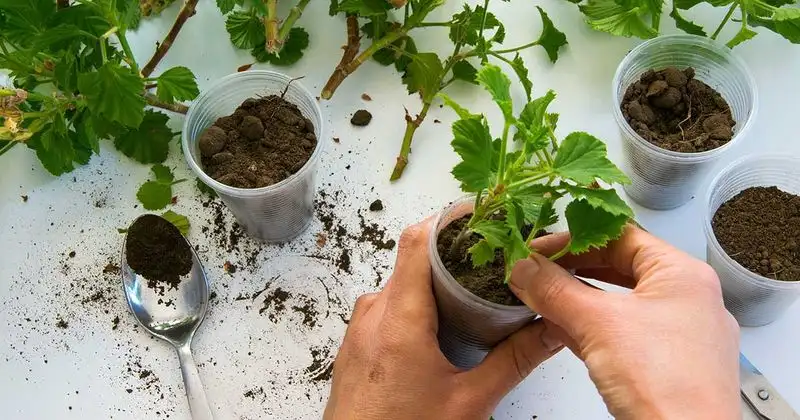
Geraniums, with their bright blooms, are a delightful addition to any garden. Propagating them from cuttings ensures you can enjoy their cheerful presence year-round.
Select a healthy stem, preferably one that hasn’t flowered yet. Ensure it has at least two nodes. Water sparingly to avoid rot, and provide plenty of sunlight for best results.
These plants have a rich history, originally hailing from South Africa. Their resilience and beauty make them a beloved choice among gardeners worldwide.
Succulents
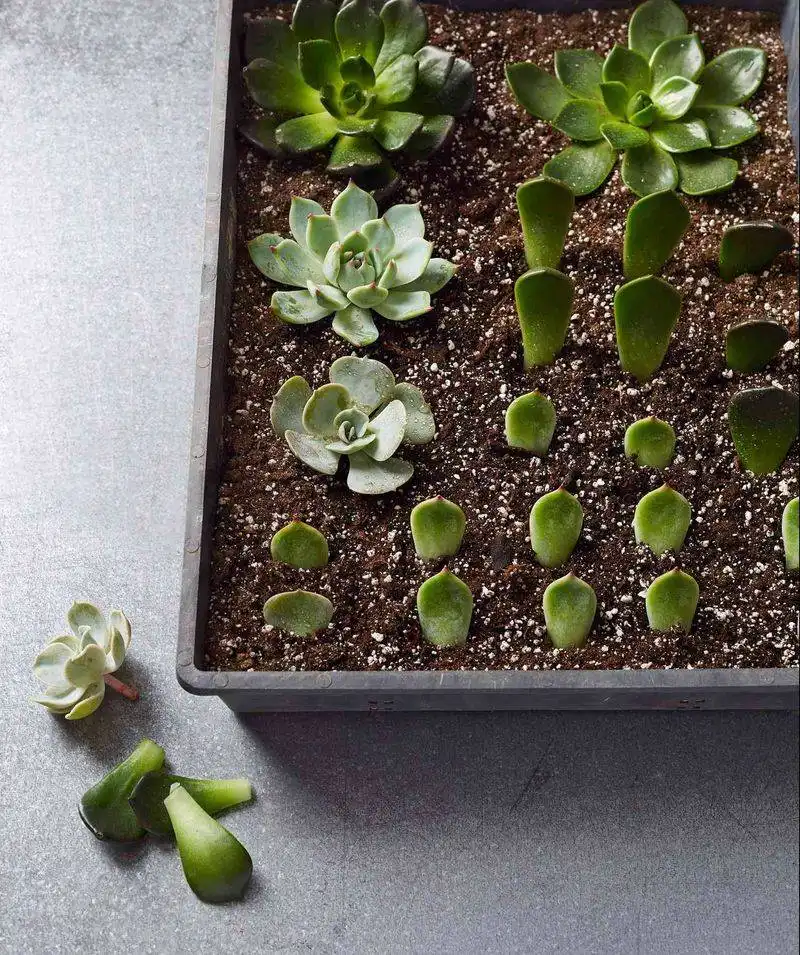
Succulents, the darling of modern decor enthusiasts, are perfect for propagation from cuttings. Their diverse shapes and colors add intrigue to any collection.
When taking cuttings, allow them to dry out for a few days before planting to prevent rot. Place them in well-draining soil, and water sparingly.
Interestingly, succulents store water in their leaves, making them drought-tolerant. This feature not only contributes to their unique appearance but also makes them easy to care for.
Hydrangea
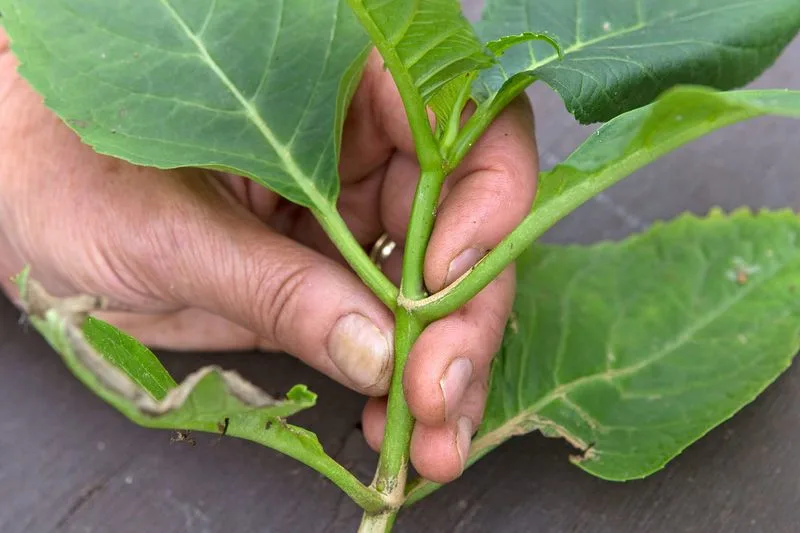
Hydrangeas, known for their showy blooms, are excellent candidates for cuttings. Their ability to change color based on soil pH adds an element of surprise to gardening.
Choose a healthy stem with a couple of leaf nodes. Keep the cuttings moist and in indirect sunlight to encourage rooting.
Fun fact: Hydrangeas were first cultivated in Japan, and they remain a popular choice for gardens worldwide. Their large, lush blooms bring a touch of elegance to any landscape.
Pothos
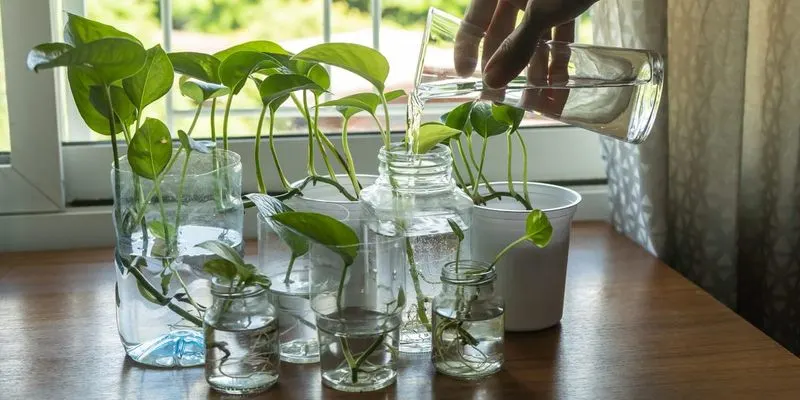
Pothos, often dubbed the “devil’s ivy,” is a favorite among houseplant enthusiasts. Its trailing vines and heart-shaped leaves are easily propagated from cuttings.
Snip a section with a couple of leaves, and place it in water to root. Once established, transplant into soil for a resilient indoor plant.
Pothos are incredibly forgiving, thriving in various lighting conditions. This adaptability makes them perfect for beginners and seasoned gardeners alike.
Fuchsia
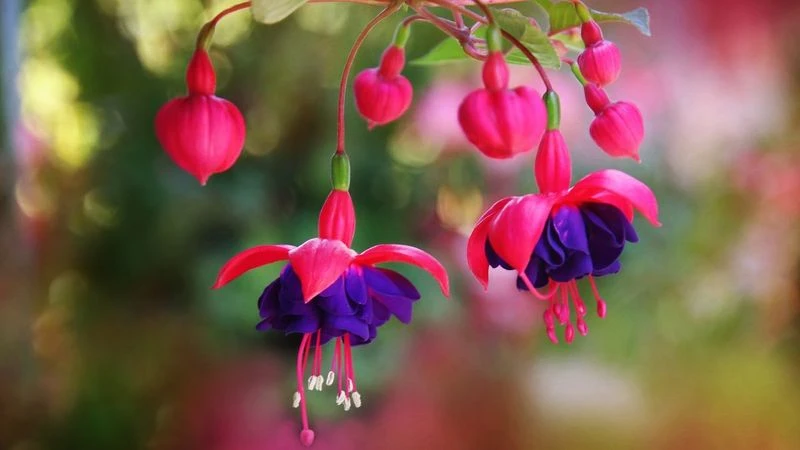
Fuchsia, with its vibrant pendulous flowers, adds a splash of color to any garden. Propagating from cuttings is a straightforward process.
Select a healthy shoot and keep it moist until roots develop. Fuchsia prefers partial shade and well-draining soil to thrive.
Did you know? Fuchsia plants were named after the German botanist Leonhart Fuchs. Their unique, vibrant flowers attract hummingbirds, adding lively visitors to your garden.
Begonia
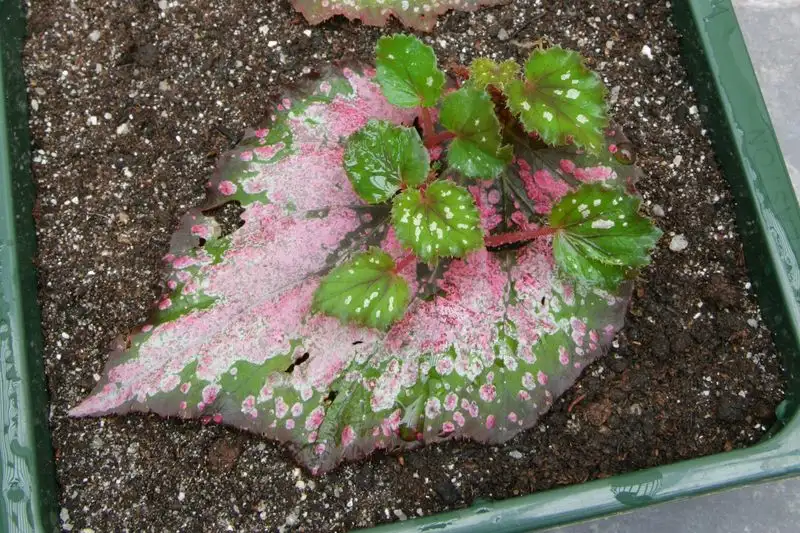
Begonias, with their striking foliage and flowers, are ideal for propagation. Their diverse varieties offer something for every gardener.
Take cuttings from non-flowering stems, ensuring a few leaves are intact. Plant in moist soil, providing indirect light to encourage growth.
Begonias have a rich history in horticulture, named after Michel Bégon, a French patron of botany. Their versatility and beauty make them a popular choice for both indoor and outdoor gardens.
Coleus

Coleus is admired for its dazzling foliage, an artist’s palette of color. Propagating from cuttings allows you to experiment with various patterns and shades.
Cut a healthy stem with several leaves, and place it in water until roots form. Transfer to soil for continued growth and vibrancy.
Fun fact: Coleus plants were once considered magical in Victorian times, believed to attract good luck. Their vibrant hues brightened many parlors and gardens, a tradition that continues today.
Philodendron

Philodendrons are beloved for their lush, green foliage and ease of care. Propagating them from cuttings ensures a continuous supply of greenery.
Select a stem with a few leaves and nodes. Place it in water or soil, keeping it moist for optimal root development.
These resilient plants are native to tropical rainforests, thriving in indirect sunlight. Their adaptability and striking appearance make them a staple in home decor.
Gardenia

Gardenias are cherished for their fragrant blossoms and glossy leaves, though propagation can be challenging. They require patience and a keen eye for detail.
Use semi-hardwood cuttings, ensuring several nodes are present. Maintain high humidity and warmth for successful rooting.
Though finicky, gardenias are worth the effort. Originating from Asia, their aromatic blooms are often used in perfumes, offering an alluring scent that captivates many.
Orchid
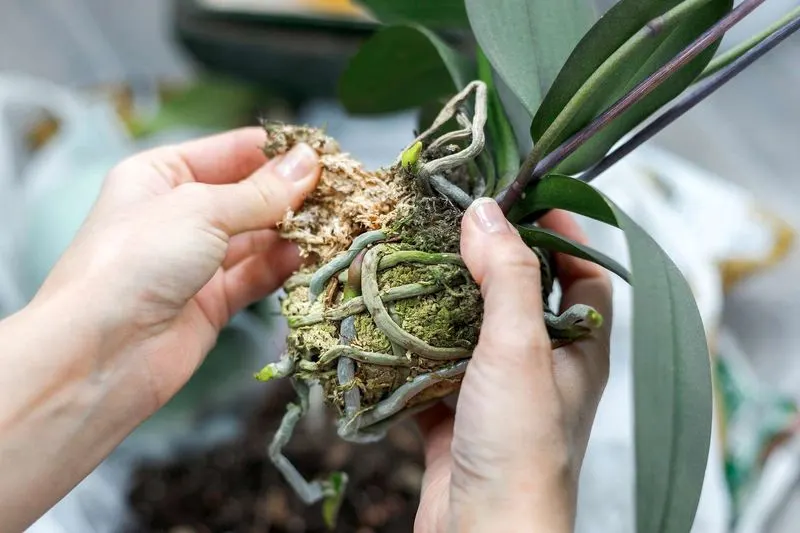
Orchids are known for their exotic beauty, yet they are notoriously difficult to propagate from cuttings. Their unique rooting system and specific care requirements often lead to disappointment.
While enticing, attempting to grow them this way can be frustrating for novices and experts alike. Orchids typically require division or specialized rooting techniques.
Despite these challenges, orchids continue to enchant gardeners with their delicate blooms and diverse species. However, propagation from cuttings may not be the best approach for success.
Cactus
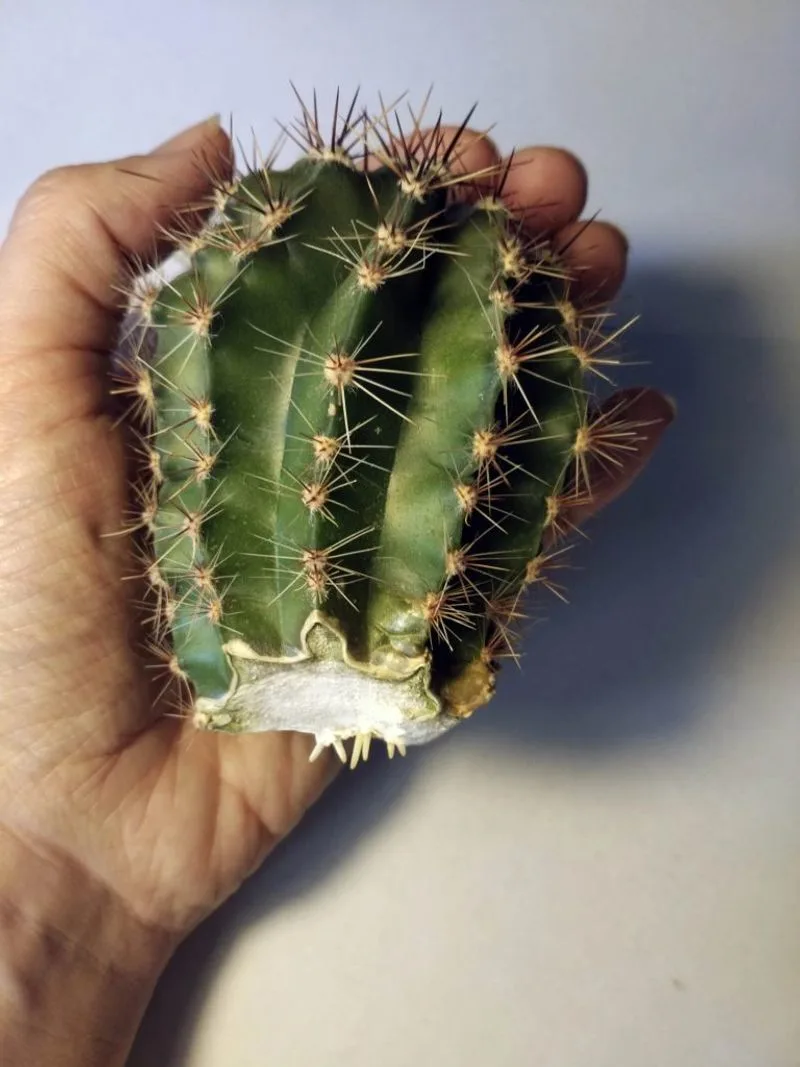
Cacti might seem like an easy choice for cuttings, but many varieties are better left to other methods of propagation. Their slow growth and specific care needs can be a hindrance.
For those that can be propagated this way, success requires patience and precise conditions. Often, offsets or seeding provide more reliable results.
These desert dwellers are fascinating for their resilience and diversity, yet propagation from cuttings might not fulfill the expectations of eager gardeners.
Peony
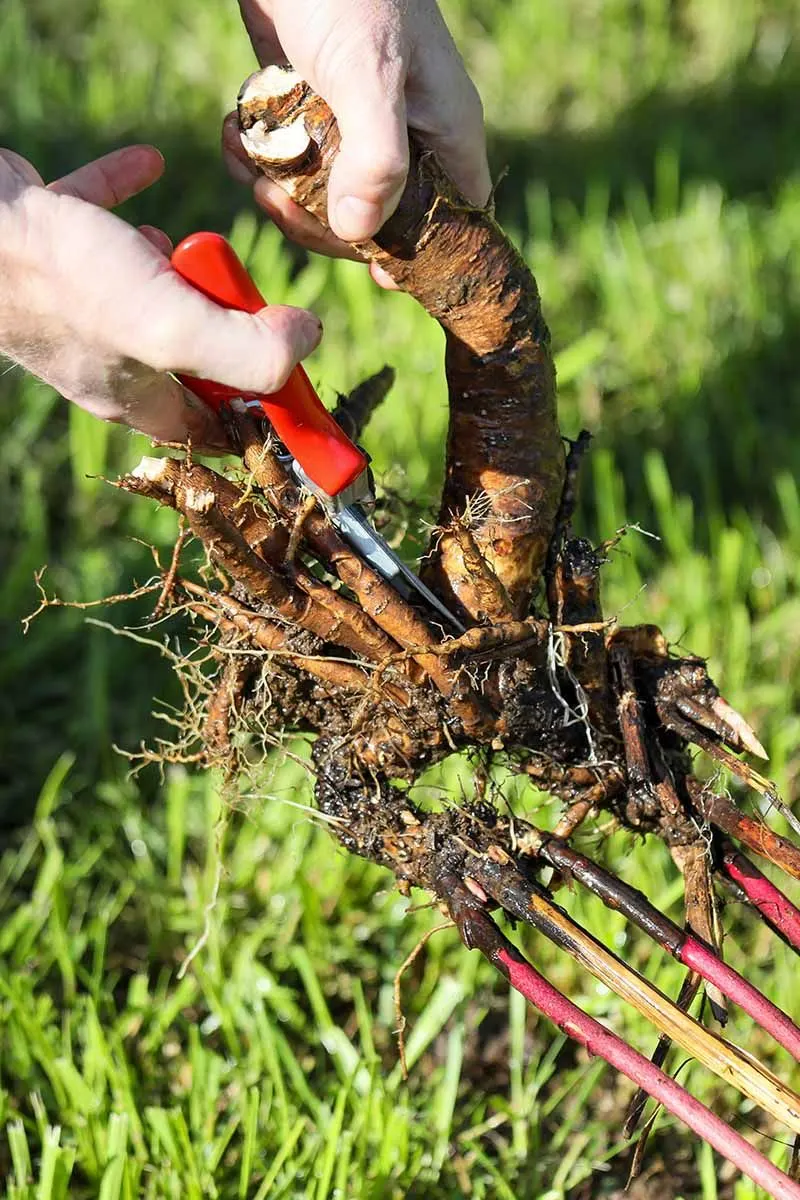
Peonies captivate with their luxuriant blooms, but propagating them from cuttings is a fruitless endeavor. Their deep-rooted tubers make division the preferred method.
Attempting cuttings often leads to frustration, as these beauties require specific conditions to thrive. Division ensures healthy growth and vibrant flowers.
While peonies enhance any landscape with grace, understanding their propagation needs is key to success. Admire their blooms, but save the scissors for a better-suited plant.
Lilac
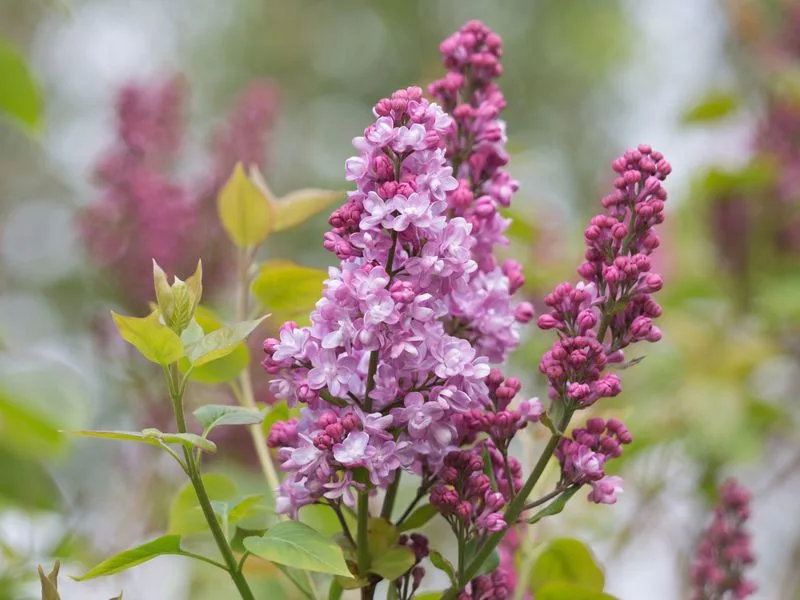
Lilacs, with their sweet fragrance, are a springtime favorite, yet cuttings can be disappointing. They prefer layering or grafting for successful propagation.
Cuttings often fail to root, leaving gardeners disheartened. Traditional methods ensure robust growth and fragrant blooms.
Though propagation may be tricky, lilacs remain cherished for their heavenly scent and nostalgic charm. Their blossoms evoke fond memories, despite the challenges of starting new plants from cuttings.
Wisteria
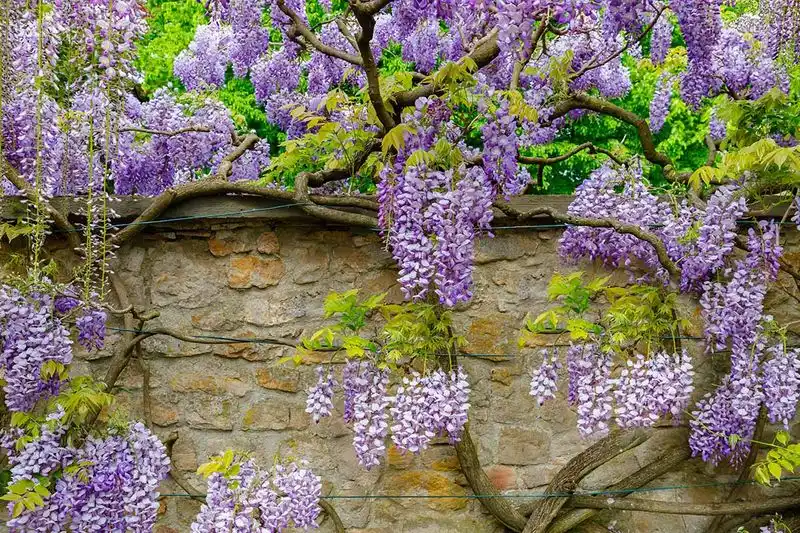
Wisteria’s cascading blooms create a fairytale effect, yet cuttings rarely yield success. These vigorous climbers prefer other methods like grafting or seed propagation.
While tempting, cuttings often fail to establish roots, leading to frustration. Opt for tried-and-true techniques to enjoy their enchanting displays.
Despite propagation challenges, wisteria’s beauty is undeniable. With careful cultivation, they can transform any garden into a picturesque retreat, even if cuttings aren’t the answer.
Carnation

Carnations are popular for their lasting blooms, yet propagating from cuttings can be tricky. They prefer specific conditions and expert handling.
Success is elusive for those attempting cuttings without experience. Better results come from division or seeding techniques.
Despite these challenges, carnations continue to be loved for their beauty and variety. Their colorful petals brighten any arrangement, though propagation may require alternative methods.
Daffodil
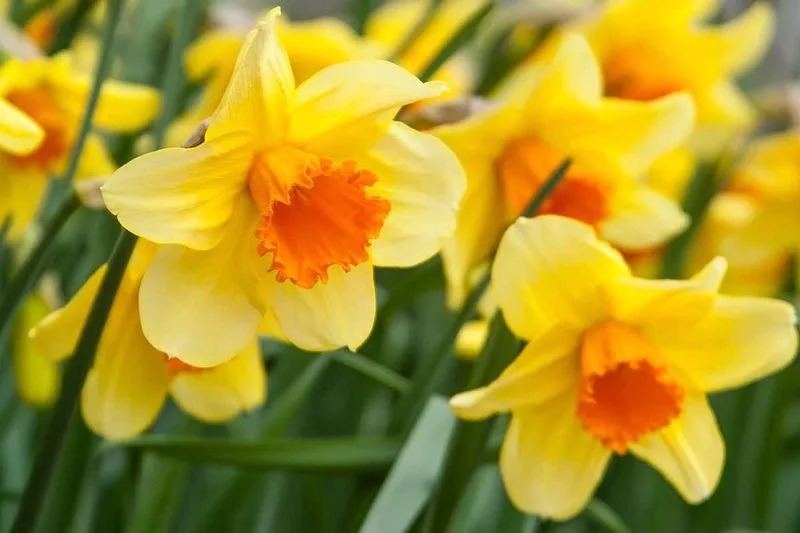
Daffodils herald spring with their sunny blooms, but cuttings are not the way to grow them. Their bulbous nature means division is preferred for propagation.
Attempting cuttings leads to disappointment, as these flowers thrive from bulb division. This method ensures vibrant, healthy blooms year after year.
Even though daffodils brighten landscapes with ease, understanding their growth needs prevents frustration. Embrace their cheerful presence, knowing cuttings won’t achieve the desired results.

